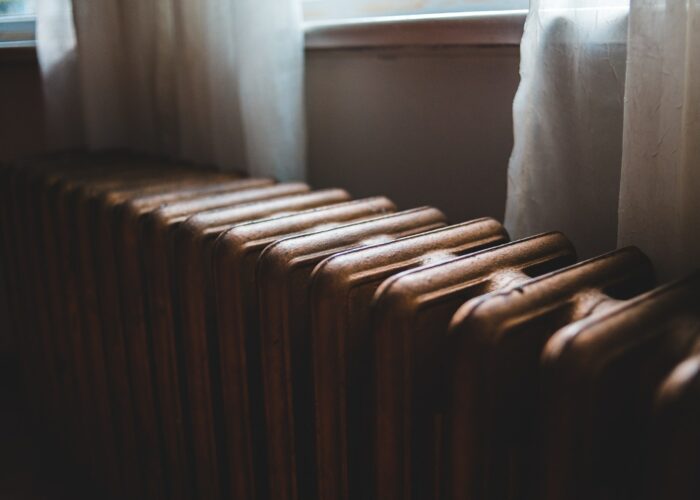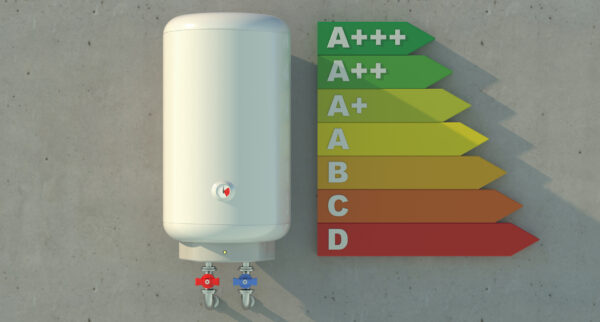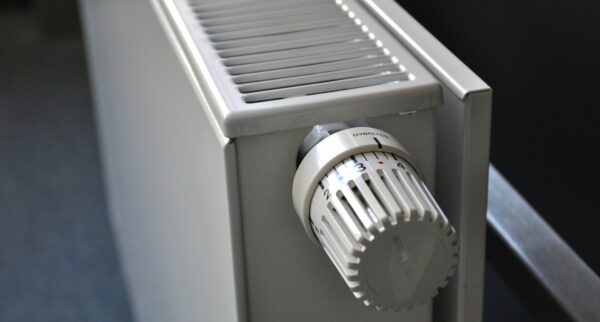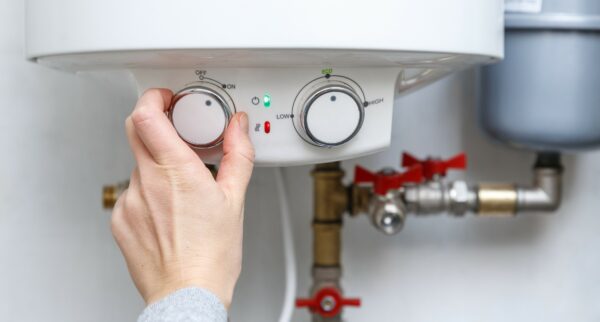Call us today 0207 32 32 999
Even the most advanced central heating systems require a clean from time to time. And of course, the older your system is, the more likely it is to need cleaning. If your heating seems a little lackluster, and the system hasn’t been shown much attention in recent years, it might be time to learn how to clean a central heating system.
There are a few telltale signs that you might have picked up on which could point to a system that’s crying out to be cleaned. These include inefficient heating, chilly patches on radiators and even a strange smell. If you’ve noticed any of these, or if you simply want to make sure your heating is running at maximum efficiency and your bills are as low as they possibly can be, then it’s worth looking into how to clean your central heating system.
Read on to learn more about why you might want to clean your central heating system and how you can do this yourself.
Reasons to clean your central heating system
The water inside the pipes of your central heating system gets dirty over time. If no action is taken, this dirt can start to cause real problems for your heating. Sludge and dirty water will build up, leading to knock-on effects that all spell bad news for the heating system. But these issues can be stopped in their tracks. All it takes is a clean.
The cleaning of a central heating system shouldn’t be seen as something that’s only worth doing once you start to experience problems. It should be used as a preventative measure. Keep on top of the cleaning of your system and you’ll lengthen the lifespan of the entire system, while ensuring that maximum efficiency is maintained for as long as possible.
Cleaning your heating system isn’t the simplest of tasks, but it’s well worthwhile. It can help you to avoid costly repair bills. It’ll also minimise the risk of a complete heating system breakdown. If you clean your central heating system regularly you’ll keep it running smoothly and efficiently, so you won’t find yourself spending more than you need to on heating your property.
Systems that are struggling to combat a build up of dirty water and sludge may require a power flush. This isn’t something that we’d usually recommend you try yourself. Leave this one to a qualified heating engineer to ensure that it’s done safely. However, if you’re planning a more basic clean using specially designed cleaning products, then you’ll be able to complete the job yourself once you’ve read our step by step guide.
How to identify a central heating system in need of a clean
What’s going on inside your central heating system might seem like a bit of a mystery at first, but there are a few things you can do to check how clean the system really is.
Look out for signals that your central heating system might be in need of a clean. These include strange noises coming from your boiler, and pipes and radiators that seem much slower to warm up than they previously had been. If radiators aren’t the same temperature from top to bottom, then it could be that dirty water and sludge have built up in your system.
You might have also noticed that your radiators require bleeding more often than they used to. Any one of these signs can point to a system that needs cleaning, so a basic clean should be your first port of call if you’ve noticed any of these issues.
Cleaning your central heating system: Advice from our experts
Cleaning out your central heating system may be easier than you think. Before you call in the professionals, take a look at our quick guide to cleaning your heating system to learn how to do it yourself.
Step 1: Turn off the power to your boiler and allow the system to cool completely. Close the supply to your feed and expansion tank if you have a vented system.
Step 2: Locate the drain cock. This is often positioned on a radiator at one of the lowest points in the system. Once you’ve found it, you’ll need to connect a hose to the drain cock and run this hose all the way to a suitable drain, where you’ll be able to dispose of the water and sludge in the system. When connected, open the vents and drain the water.
Step 3: Refill the system. Close the valve and fill the system by opening your water supply and allowing water back in. If your system is sealed, you’ll have to use the filling loop to complete this stage, opening the valves to let water into the system. Remember to keep checking the pressure to ensure it stays within a safe range as you do so.
Step 4: Vent your radiators. Open the bleed valve of each radiator to remove any air that’s trapped inside. Once all radiators have been bled, you can move onto the next step.
Step 5: If you’re adding a cleaning product, you can do so now. Read the instructions on the product you’ve chosen to check how to add cleaner to the central heating system. This will vary depending on the specific heating system cleaner you’ve chosen to use. How you add the cleaning product will also depend on whether your system is vented or sealed. If it’s vented, the product can be added when filling the feed, but if it’s sealed you’ll need to connect the cartridge of cleaning product to an air vent to add it.
Step 6: Switch your heating back on. Let your system run normally for a good period of time, we recommend leaving it working for at least an hour. The cleaning solution will then get to work breaking down any remaining sludge or dirt in the pipes.
Step 7: When the heating system cleaner has been left to work for a reasonable amount of time, it’ll be time to drain and flush the system to remove any chemicals that are left over. You’ll know that the job is complete when you start to see clear water, indicating that the system is sufficiently clean.
—
Clean your central heating system regularly and you’ll prolong its lifespan and keep it working at maximum efficiency. If you’d like any more advice on how to get the most out of your heating system, or you’re interested in hiring a professional to clean the system for you, don’t hesitate to contact our team.





